|
Fill in the blank: The Parliament of India consists of two houses, the Lok Sabha and the ___. |
Card: 1 / 26 |
|
The Rajya Sabha represents the states, ensuring that regional interests are considered in the legislative process, thereby supporting federalism. |
Card: 4 / 26 |
|
True or False: The Prime Minister of India is the head of the State and the Executive. |
Card: 5 / 26 |
|
False. The President is the head of the State, while the Prime Minister leads the Executive. |
Card: 6 / 26 |
|
What are the three lists defined by the Indian Constitution that delineate legislative powers? |
Card: 7 / 26 |
|
Riddle: I am the foundation of India’s law, allowing citizens to elect their leaders and ensuring democracy's draw. What am I? |
Card: 9 / 26 |
|
|
Card: 12 / 26 |
|
Fill in the blank: The Right of Children to Free and Compulsory Education Act, known as ___, mandates free education for children aged 6 to 14. |
Card: 13 / 26 |
 Unlock all Flashcards with EduRev Infinity Plan Starting from @ ₹99 only
|
|
Parliament ensures executive accountability.
|
Card: 16 / 26 |
|
Multiple Choice: Which of the following is NOT a function of the Indian Parliament? A) Making laws B) Enforcing laws C) Approving the budget D) Conducting elections |
Card: 17 / 26 |
|
False. The Union Executive includes the President, Vice President, and the Council of Ministers led by the Prime Minister. |
Card: 20 / 26 |
|
Civil servants, or bureaucrats, implement laws and manage government departments. |
Card: 22 / 26 |
|
Fill in the blank: The legislative process in Parliament begins with a ___, which is a draft of a proposed law. |
Card: 23 / 26 |
|
Explain the concept of checks and balances in the context of the Indian Judiciary. |
Card: 25 / 26 |
|
Judiciary maintains balance of power.
|
Card: 26 / 26 |





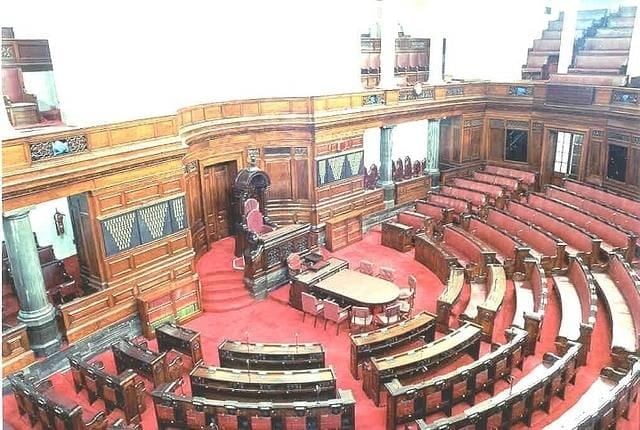 Rajya Sabha
Rajya Sabha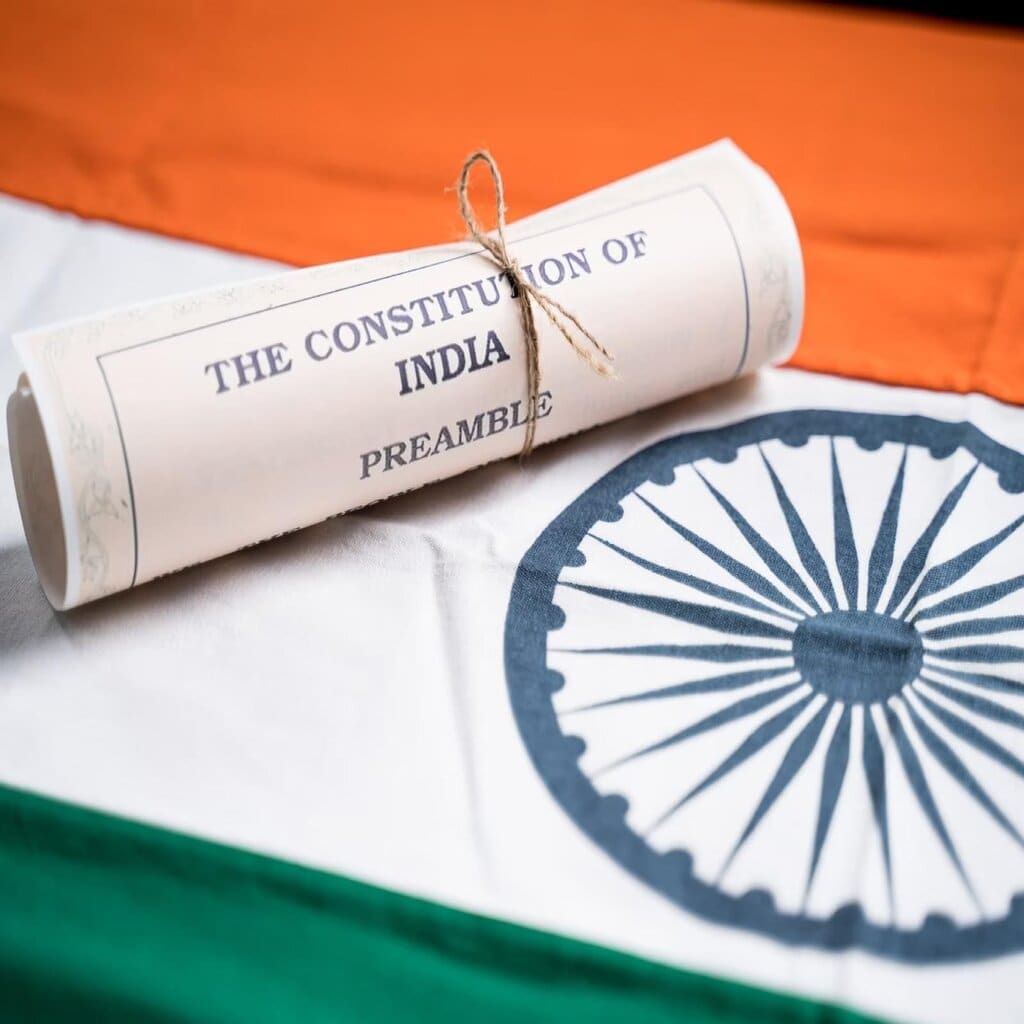 The Constitution of India
The Constitution of India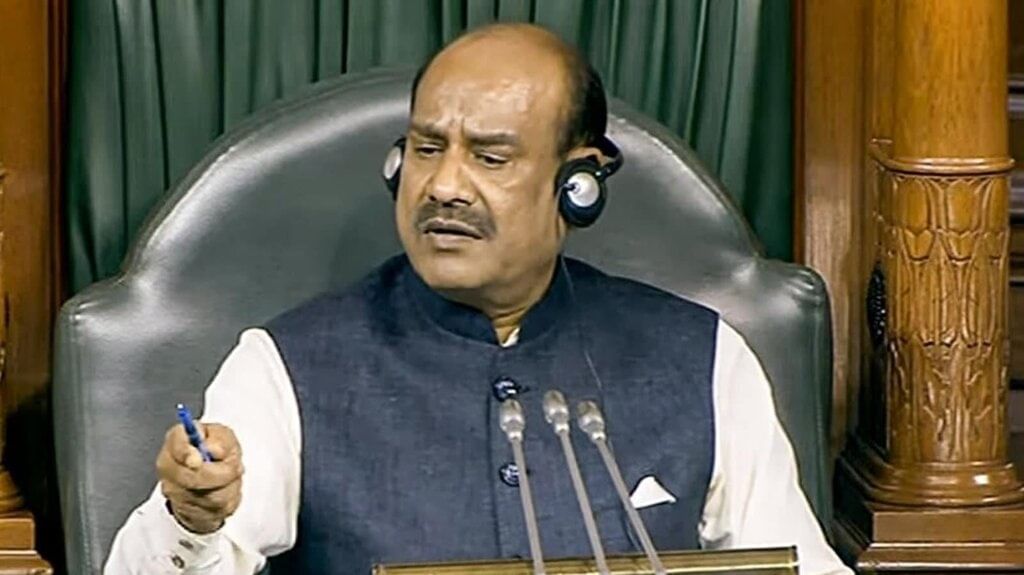 The Speaker runs sessions, maintains order, allows members to speak, and ensures adherence to the rules.
The Speaker runs sessions, maintains order, allows members to speak, and ensures adherence to the rules.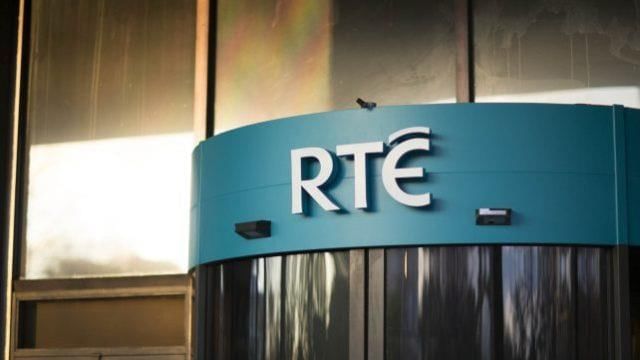 RTE
RTE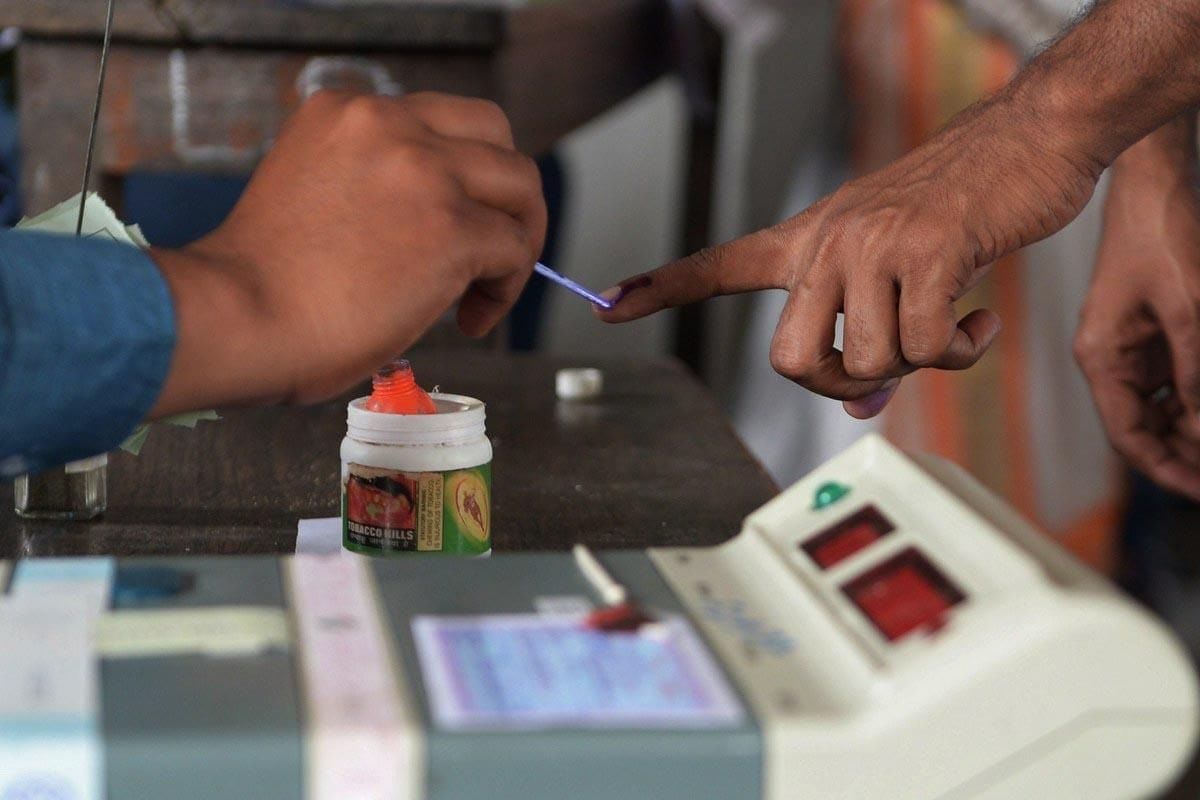
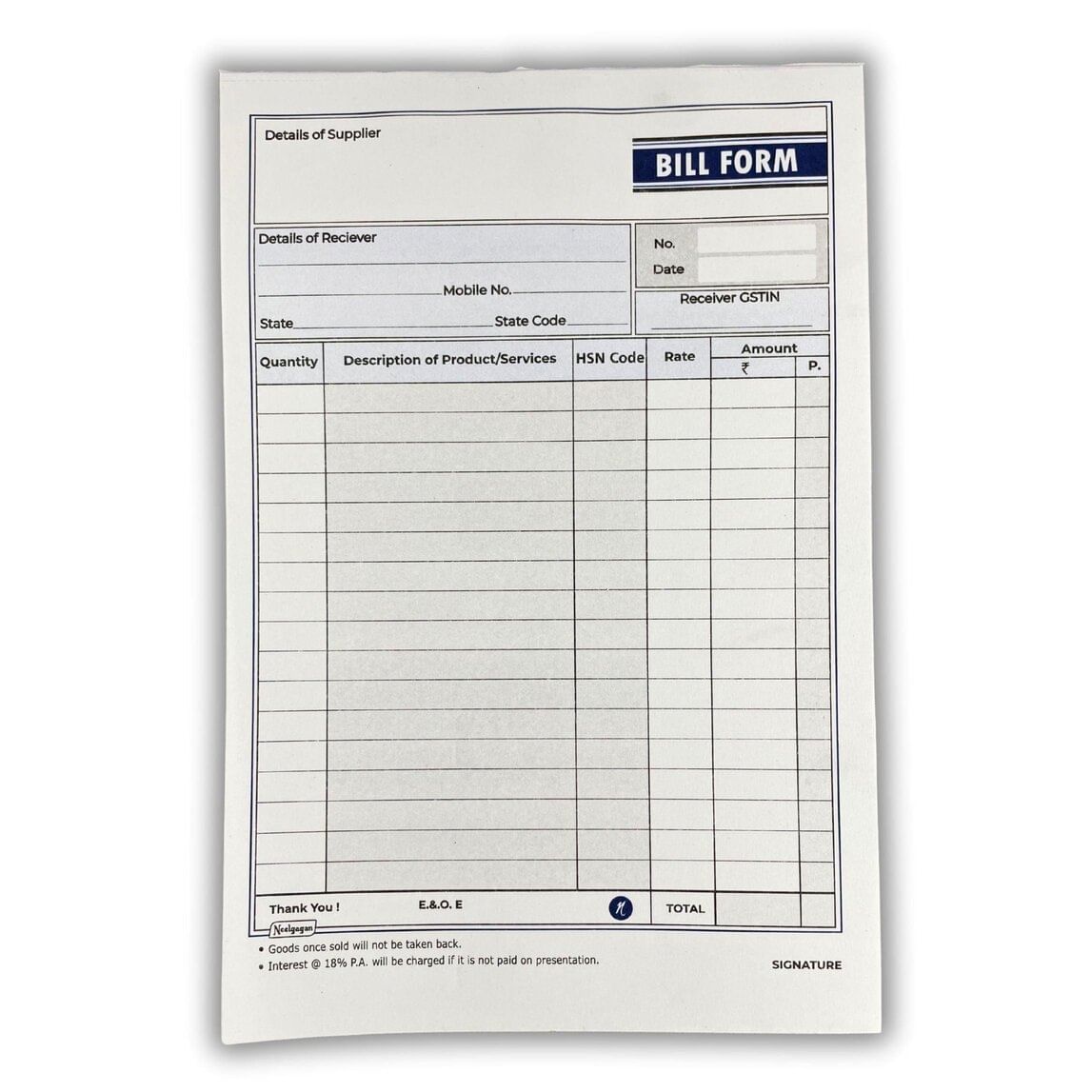 Bill
Bill














